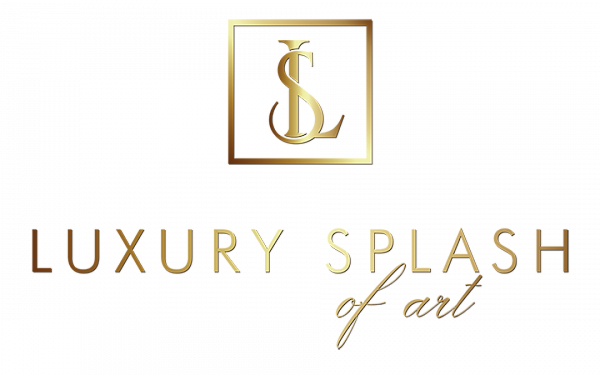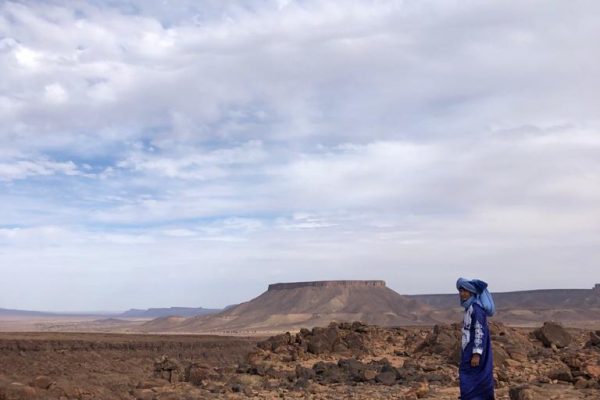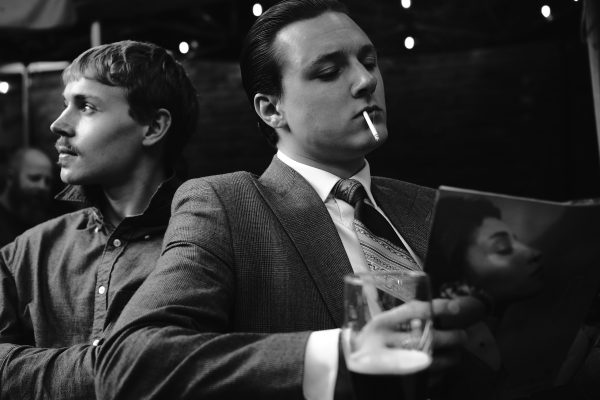Love and Loss is the third ‘Inside Job’ staff exhibition. For reasons we don’t need to be reminded of; like so many other events, it had to be postponed from its earlier scheduling. Though no limitations on performance, sound and video works were needed, in the light of time and budgetary pressures, restrictions on the size of 2 and 3-D were necessary to create a manageable approach to installing the show. Despite some initial resistance, artists have risen to this challenge brilliantly and, in doing so, we hope they may have discovered new ways of thinking about their work. Taken as a whole, we feel that our exhibition is an important celebration of a remarkably diverse and inclusive workforce. A number of exhibits reflect directly or indirectly upon that difficult period in which staff redundancies and, tragically, the passing of a number of cherished colleagues, presented a serious challenge to our collective spirit. Whilst our exhibition commemorates these losses, it is also a positive statement of resilience and continuity, and an affirmation of the healing powers of the creative spirit and its indispensable contribution to the health and well-being of a civilized society.
Inside Job Collective

LSA:What is the artistic style of the group?
TC: The Inside Job Collective is a curatorial collective made up of Tate Staff who organize Inside Job, the Tate Staff Biennale exhibition at Tate Modern. Inside Job is about bringing to light the often-hidden artistic talents of those who keep Tate’s galleries running. The vast majority of staff who patrol the galleries when you visit are themselves practicing artists. They work at one of the world’s leading art galleries – we think their art deserves to be shown there too! Our style is to be as inclusive as possible in organizing the exhibition.
LSA: What kind of media do they use?
TC: Our artists work across a range of media, from fine art painting and sculpture to photography, film and performance. The four principal categories for submissions are 2D, 3D, Film and Live Art, but we invite staff with other backgrounds – in theater, literature and music, for example – to get involved and share what they do through our public programme. Many members of the collective (past and present) are themselves painters, photographers and filmmakers.
LSA: How did you come to paintings, sculptures, photographs etc, what was the trigger?
TC: For many of our artists, curators and organizers; art has been a life-long love and interest. Many of our artists studied fine art and/or other arts courses at university – developing their individual style and practice there. I studied Art History as a BA followed by an MA in Curating & Collections at Chelsea College of Art. For me the trigger for wanting to become a curator was visiting the Alexander McQueen: Savage Beauty exhibition at the MET in New York.

LSA: What technique do they use to create your art? Our artists use a variety of techniques to create their art and work across a range of disciplines. This year’s 2D artworks, for example, include painting and photography made using a variety of techniques and media, as well as graphic design, prints and drawings, digital prints, collage and textile pieces. Art lovers too often forget that designing a painting is expensive.
LSA: How much did the last work cost?
TC: For our last exhibition in 2019, we worked with a £10,000 budget to produce a two week long exhibition. This year, as an unfortunate result of Covid, we are working with less so we have had to get creative. Many of our artists work with sustainability in mind, and we aim to reflect this in our exhibition making by being as resourceful as possible, reusing and recycling exhibition materials.
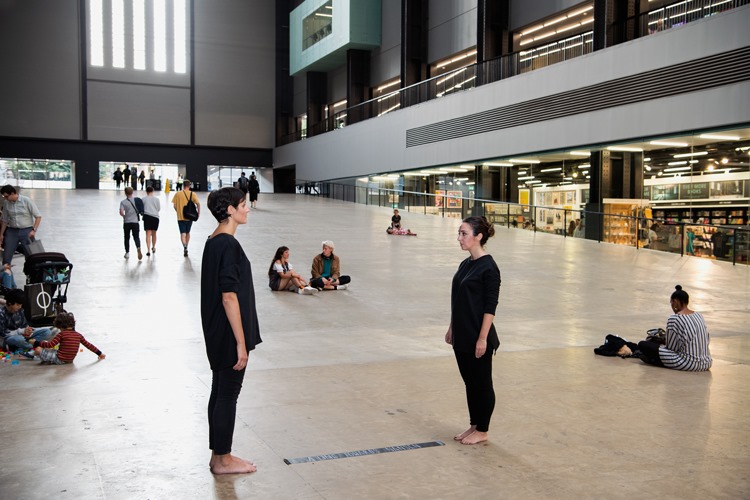
LSA: What is the message of their artwork?
The message behind each artwork comes from the artist; however, each has to adhere to the theme of that year’s exhibition. For our show the theme is ‘Love and Loss’, and artists have interpreted this in a variety of ways. In light of the pandemic, it is unsurprising that a lot of works in this year’s show center on the loss of a loved one to Covid, be that a family member, friend and/or colleague. The exhibition also includes work by those colleagues lost to us through redundancies at Tate, as a result of Covid, over the past two years.
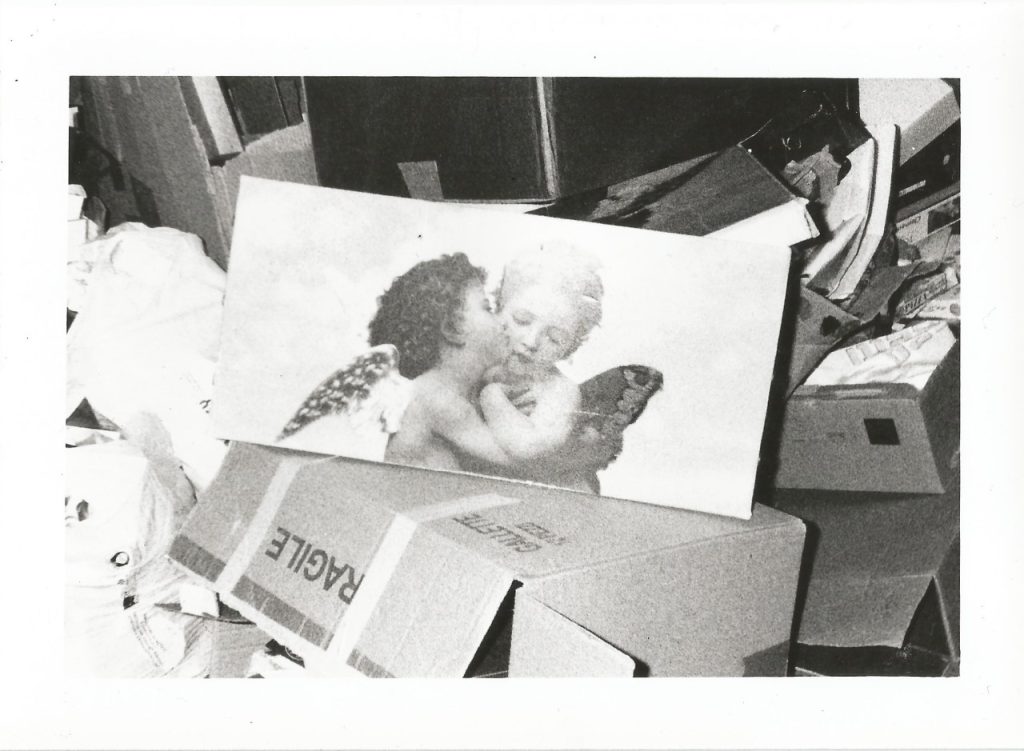
LSA: How long did it take them to complete their works?
TC: This depends on the artist; some submitted artworks which have been years in the making, others choose to create new ones as a direct response to each exhibition’s theme and brief. Inside Job is a biennale so we have two years in between each exhibition within which to organise each show. This year’s exhibition has been a long time coming as we’ve had to postpone it twice due to Covid!
LSA: What is their real work in life?
The vast majority of collective members work in front of house roles, in Visitor Experience and Retail at Tate Modern and Britain; as well as in Art Handling, Volunteering and Information. To organise Inside Job, we also work closely with colleagues in Tate Exchange. Inside Job is open to any member of Tate staff working at any of the four Tate sites. We exhibit work by staff who work in a whole host of different departments, from front of house to finance, conservation and curatorial. Many also have other jobs and do other work outside of Tate as well as being artists.
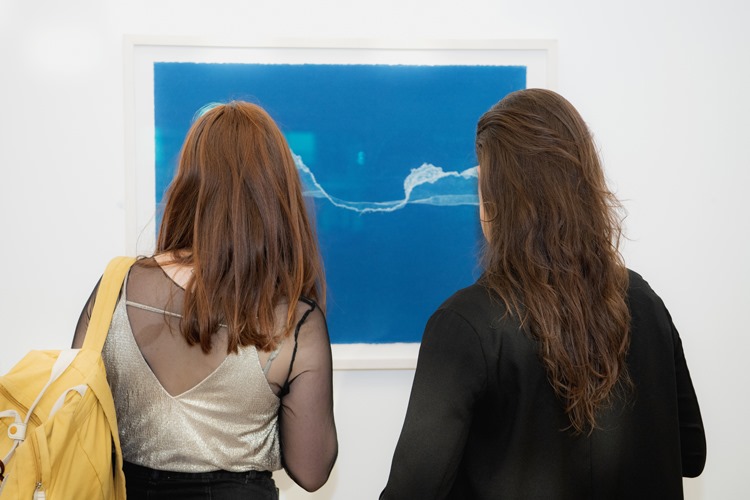
LSA: What are their sources of inspiration?
TC: Some of our artists take inspiration from the exhibition’s theme while others submit work made prior to the call out that fits the theme but was inspired by something else. Quite often this is/has been an event or experience from the artist’s life. Many also take inspiration from their surroundings, their experience of working at Tate and Tate’s collection.
LSA: What are their favourite subjects?
TC: Each Inside Job exhibition has a theme. This year’s is ‘Love and Loss’ and in 2019 it was ‘Movement’. What advice would you give to a young artist starting out? Be your biggest cheerleader, making connections never hurt. Persevere. Doing what you love is worth it.
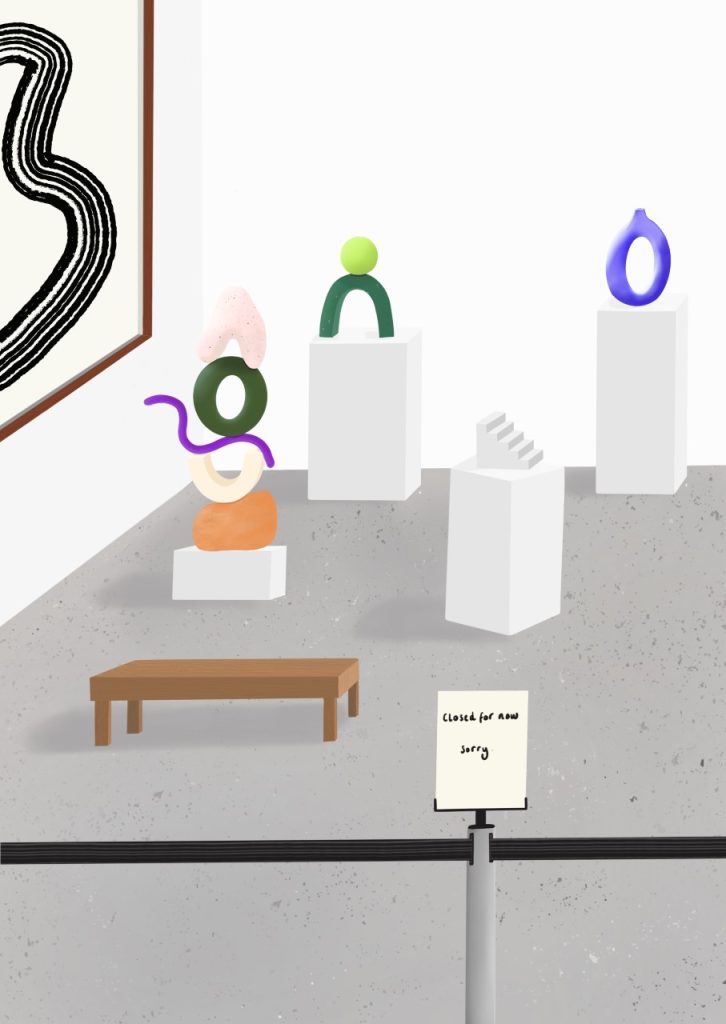
Interview by Kamila Krzyzaniak with Tate Curator Jasmine Kee
Triptych: The Reckoning by Dorian Hirch
